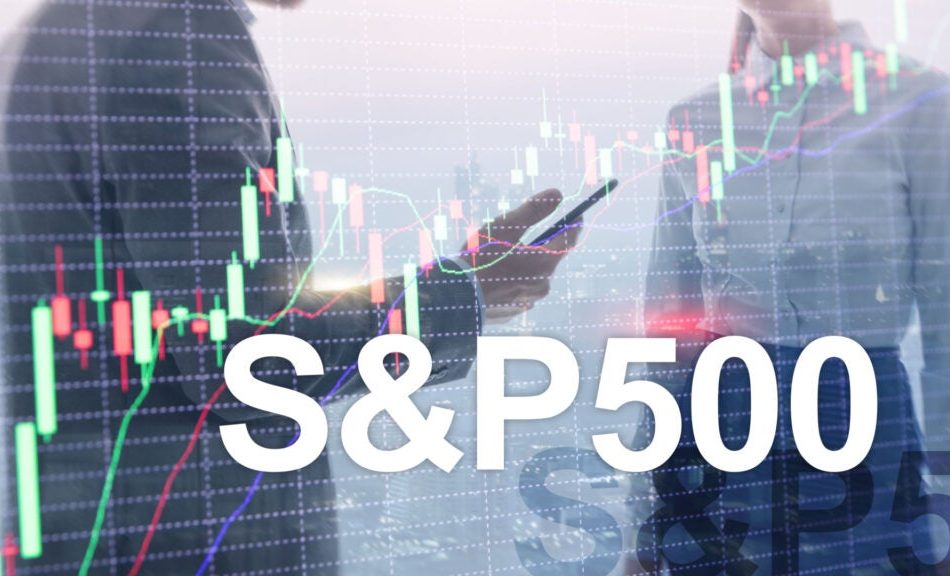S&P 500 Faces Volatile 2025 As 'Inflation Boom' Could Return: Bank Of America Strategist
The S&P 500 index is wrapping up a historic two-year run of consecutive over 20% gains, a feat achieved only four times in the past 150 years. Yet, Michael Hartnett, chief investment strategist at Bank of America, says the party may not last forever.
According to Hartnett’s latest Flow Show report, published Friday, the U.S. equity market is poised for another “double-digit move” in 2025 — though investors shouldn’t rule out the possibility of a second wave of inflation that could derail the bull market.
The Bank of America’s Investment Clock — a key barometer that shows the prevailing economic scenario in a given year — is transitioning from a “recovery” in 2024 to an “inflation boom” in 2025.
The S&P 500 — as tracked by the SPDR S&P 500 ETF Trust SPY — surged 24% in 2024, mirroring its 24% rally in 2023.
This back-to-back streak of 20%-plus returns happened just four times in the past century and a half: during 1927-’28, 1935-’36, 1954-’55, and 1995-’96.
However, history shows that the years following such rallies often see wild market swings, for better or worse.
- 1927-28: Followed by a -12% loss in 1929 and a catastrophic -28% drop in 1930.
- 1935-36: After two years of outsized returns, 1937 saw a brutal -39% decline.
- 1954-55: Markets cooled, with modest gains of +3% in 1956 and a -14% slide in 1957.
- 1995-96: Continued strength with a +31% gain in 1997 but slowed to +12% in 1998.
Will 2025 follow a similar script? Hartnett says a major move — up or down — should be expected.
Hartnett highlights three key drivers that can pave the way for the bull market to continue in 2025.
- A “boomy” economic backdrop: Companies are front-loading operations ahead of potential tariffs, labor hoarding remains rampant amid tighter immigration controls and unemployment claims have tumbled.
- Goldilocks bond yields: Despite $36 trillion in U.S. debt and a 7% GDP deficit, central banks are expected to cut rates in 2025 — Bank of America is forecasting 124 global rate cuts.
- Political incentives: The Trump administration is heavily invested in propping up risk assets like equities and cryptocurrencies to stimulate “animal spirits,” making a bear market unlikely heading into an election year.
With the S&P 500’s trailing price-to-earnings ratio now at 26.5x, it ranks as the fourth-highest valuation in 125 years, behind only December 1921, June 1999 and June 2021.
The U.S. stock market is sitting at 75-year highs relative to international equities, with just 10 companies accounting for a staggering 37% of market cap.
This concentration has been driven by the so-called “Magnificent Seven” tech giants — stocks whose collective market capitalization surged by $4 trillion in 2024.
But Hartnett indicates the narrative of U.S. exceptionalism, particularly in artificial intelligence, may be peaking cyclically.
Crunching the numbers, he highlighted that the S&P 500’s secular bull market, which began at 666 points in March 2009, could potentially climax at 6,666 in 2025.
Bank of America’s Investment Clock model indicates 2024 marked an equity-bullish “recovery” phase, driven by lower rates and higher corporate earnings.
But 2025 could transition into an “inflation boom” phase, where rising rates and price pressures become the dominant themes.
While Hartnett is bullish on commodities as a hedge against this scenario, he warns credit and equities may peak in early 2025.
Read Now:
Photo: Shutterstock
Market News and Data brought to you by Benzinga APIs
© 2024 Benzinga.com. Benzinga does not provide investment advice. All rights reserved.


Leave a Reply